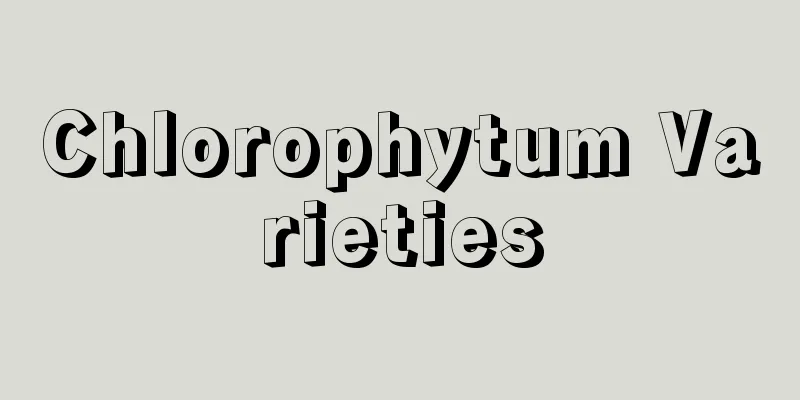Planting technology and management of greenhouse eggplant

|
Eggplant is a warm-loving vegetable and its general planting period is from April to August, i.e. spring planting and autumn planting. The early spring eggplants in the greenhouse are sown in December of the previous year, planted in February after the beginning of spring, and harvested in April to May. Below, I will introduce the planting technology and management of greenhouse eggplants. Let’s take a look. 1. Seed selection The climate, soil environment, fertility and market demand of the planting area should be comprehensively considered to select eggplant varieties suitable for local planting and sales. Seeds with strong growth vigor, strong branching ability, strong stress resistance and strong resistance to diseases and pests are preferred. 2. Seedling cultivation Sow and raise seedlings in the greenhouse, sow evenly at a certain density, and when the seedlings grow 2-3 true leaves, use nutrients to cultivate them to ensure the survival rate of the seedlings. Eggplant has high temperature requirements and the temperature needs to be adjusted according to the growth stage. For example, seed germination requires 30°C, the cotyledon stage requires a daytime temperature of around 20°C and a nighttime temperature of around 15°C, and the seedling stage requires a daytime temperature of 22-25°C and a nighttime temperature of 18-20°C. 3. Water and fertilizer management After transplanting, water the seedlings once a week to allow them to grow. In the future, the focus will be on controlling water and stunting the seedlings to promote root development. When most of the eggplants begin to swell, stop squatting and apply a small amount of quick-acting fertilizer in combination with watering to promote fruiting. After the eggplants are harvested, the ridges can be sealed, and 20kg of ammonium carbonate or 50kg of decomposed chicken manure can be applied in combination with the sealing of the ridges. After entering the harvest period, due to the increase in temperature and ventilation, water management should be strengthened to increase yield. 4. Field management Loosen the soil in time after the seedlings have grown to increase the root temperature. After the eggplants are harvested, the ditches are sealed. The original planting ditches are covered with soil to form small ridges, and watering ditches are opened between the rows. The humidity in the greenhouse is high, ventilation is poor, and pollination is difficult, so hormone treatment must be used to achieve fruit setting. Generally, 20-30 mg/kg of 2,4-D is applied to the stigma or sprayed on flowers. Once a day, no repeats. 5. Planting Choose a greenhouse with flat terrain and fertile soil for planting. Eggplant likes fertilizer and water. Before planting, prepare the land and apply enough base fertilizer . The base fertilizer can be 6000kg/mu of decomposed organic fertilizer combined with 50kg/mu of triple compound fertilizer. Deep plowing and fine harrowing should be used to make ridges. The ridge width is 80cm and the height is 1cm, with a ridge spacing of 60cm. Combined with ridge making, water-fertilizer integrated pipelines can be laid in the field in advance, and sprinkler irrigation or drip irrigation can be selected. Planting was done around July 25, with row spacing of 70cm and plant spacing of 60cm. 6. Management after planting After planting, water thoroughly to promote seedling growth. When the eggplant grows to 2-3cm, apply top dressing. Top dressing can be carried out in conjunction with the water-fertilizer integrated irrigation system. Put 20kg/mu of urea and 15kg/mu of potassium fertilizer into the irrigation tank. Water once a week and apply top dressing after watering once a week. Fertilizers can be high-quality, pest-free, and well-rotted human feces and urine at 1000kg/mu or triple compound fertilizer at 15kg/mu. During the fruiting period, apply fertilizer reasonably according to the growth of eggplant. When the yield is high, apply 5kg/mu more. The principle is to apply top dressing once every time eggplant is harvested. The above is an introduction to the cultivation technology and management of greenhouse eggplants. If you want to achieve high yields in eggplant cultivation, you must also take corresponding prevention and control measures in a timely manner according to the occurrence of eggplant diseases and pests, keep the greenhouse clean and hygienic, and reduce the occurrence of diseases and pests.
|
<<: How many days does it take for onion seeds to sprout and emerge from the soil?
>>: How to manage overwintering shallots?
Recommend
How to Grow Agave
1. Planting time As for agave, it can be planted ...
Early spring cabbage planting time
Early spring cabbage refers to a cabbage variety ...
When is the best time to sow peanuts?
Peanut planting time When planting peanuts, atten...
When is the best time to sow baby's breath seeds
Gypsophila seeds sowing time When sowing baby'...
How do iron trees survive the winter? How do they wrap themselves in winter?
1. Move indoors The most important thing for the ...
Peony likes the sun or the shade. Plants that like the sun or the shade.
Do peony flowers prefer shade or sun? Peony is a ...
What do eleven roses represent?
1. The meaning of the eleven branches 1. It repre...
How to promote germination after cutting the stem of the lucky tree
1. Increase the temperature The lucky tree grows ...
What's wrong with the green radish dripping water?
1. Drip phenomenon In fact, dripping water from l...
Pest control of tiger lily
Scale insects Symptoms of harm Scale insects are ...
Winter cultivation methods and precautions for Christmas cactus
1. Winter breeding method 1. Light: In winter, it...
When is the right time to plant soybeans?
Soybean is an important food and oil crop . Its s...
These 10 flowers are called the top ten famous flowers in the world. What is the reason?
10. Rose It is well known that the rose represent...
Things to note when repotting Pennisetum
Things to note when repotting Pennisetum The pott...
Is the water banana poisonous? Can it be grown at home?
Is water banana poisonous? The water banana is al...









